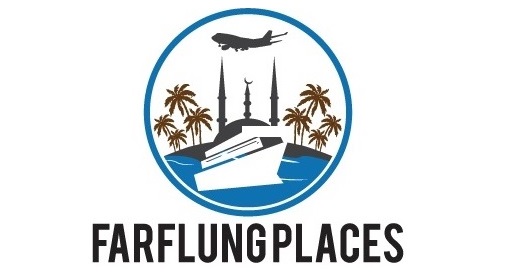The 1970's was a pivitol point for terrorism. The IRA came up with idea of turning a car into a lethal weapon of destruction by loading it with explosives and then detonating it across Northern Ireland and the UK. The car bomb soon became one of the standard tools of terrorist groups. At the same time, half way around the world, in Sri Lanka, the Tamil Tigers were quietly developing the use of suicide bombings to such an extent that their methods, and successes, were studied and copied by terrorists around the world, particularly in the Middle East, Barely a day goes by now without hearing of a suicide bombing in the news.
The Tamil Tigers, also known as the LTTE, were fighting for an independent Tamil state in North East Sri Lanka. A fight that began in 1976 and only ended in 2009. As a small force attacking a much larger and better armed military they realised suicide attacks could have an immense affect to both destabilize and sow fear into their enemy, while also acting as a recruiting tool for their cause. Inventing the suicide belt they managed not only to kill many senior members of the government and military, buts to assassinate two world leaders, the Indian Prime Minister Rajiv Gandhi, and the Sri Lankan President Ranasinghe Premadasa.
Animals, men, women, children, cars, boats and trucks were all used on missions with deadly results. Perhaps the most audacious attack was in the final stages of the war in 2009, when, taking their cue from Al Qaeda, the Tamil Tigers decided to load two aeroplanes full of explosives and launch an attack on the Sri Lankan capital Colombo.
In 2001 the group had had one of its successful results, and that also involved aviation. Six weeks before the Twin Towers were destroyed, the Tamil Tigers launched a raid on the main military and international civilian airports in the country, located next to each other in Colombo. Eight military aircraft were destroyed, along with a quarter of Sri Lankan Airlines passenger aircraft, two Airbus A330's and one A340. No tourists were killed in the attack, but tourism collapsed by almost a fifth and the economy declined by over 1.4%.
The group had been restricted in using aircraft themselves as the Sri Lankan Air Force had destroyed all aircraft and runways in the north in bombing raids early on in the conflict. This changed in 2007 when parts for the Czech made Zlin Z143 aircraft were smuggled in and and planes built in their territory. The war was going very badly for the Tamil Tigers as the Sri Lankan military had made huge gains in the north and won a number of decisive battles, including taking their defacto capital. A victory for the separatists was required, and one with the psychological impact of the successful of the 2001 airport attacks.
The two aircraft were packed with explosives and took off from a rural road in Puthukkudiyirippu in the Tamil controlled area on the evening of February 20th 2009. Each plane had every possible piece of unnecessary equipment removed, and was then packed with over 200 KG of C4 plastic explosive.
Flying at under 100 metres height and with their lights off they avoided detection until quite close to Colombo. And then, because they were so low, the Sri Lankan Air Force was unable to intercept them.
To confuse the pilots the electricity to Colombo was cut and the city was plunged into darkness. Anti-aircraft batteries opened fire, and caused the first plane to lose control and crash into the 12th floor of the Inland Revenue building, igniting the explosives and causing two deaths, and over fifty injuries, as well as substantial damage to the building. The second plane was brought down near the international airport with six civilians injured. Both pilots died with their aircraft.
 |
| Infra red image from the Sri Lankan Navy of the plane crashing into the Colombo IRS towerblock |
Today you can see the remains of the aircraft that was brought down near the airport. It failed to explode and the tangled metal of the plane is now suspended as an exhibit at the Sri Lankan Air Force Museum at Ratmalana in Colombo. It is a worthwhile excursion to an active Air Force base, you have to pass through the entrance to the base to gain access to the museum, with a collection of aircraft from throughout Sri Lanka's history, as well as many artifacts from the recent conflict.






0 comments